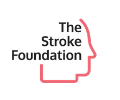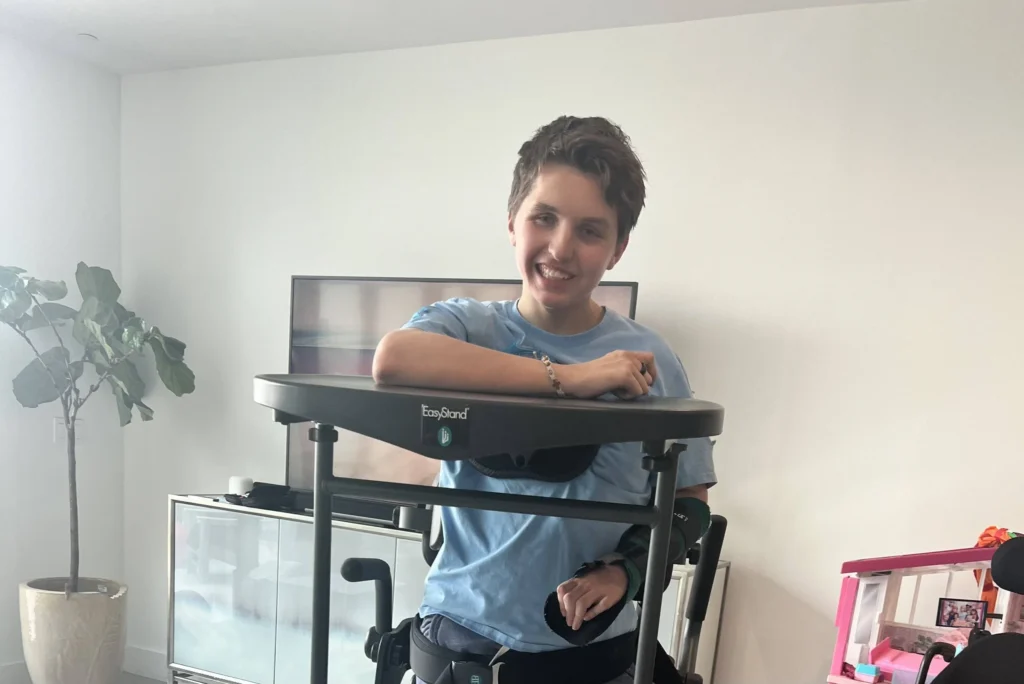Written by : Tristan Carroll, RN
March is National Nutrition Month. It’s a great time to start thinking about your nutrition habits and overall lifestyle patterns to make healthier choices. This month’s focus is about how nutrition can affect your risk for stroke as well as managing your nutrition in recovery post stroke.
Nutrition and the Risk for Stroke
Nutrition can be an important indicator when thinking about your risk for stroke. In 2012 a comparative risk assessment model estimated that 45.4% of deaths related to Cardiometabolic deaths (heart disease, stroke, or type 2 diabetes) were due to an unhealthy diet. According to the National Health and Nutrition Examination Survey (NHANES) between 2003-2012, adult and children’s diets in the United States had been trending towards unhealthier as the years have gone on. Poor diet choices are the biggest portion of the population with 54.6% in 2012. Intermediate diet choices are 44.7% of the population, and very few people adhere to a healthy diet with just 0.6% of the population.
What is a Healthy Diet?
Last February was focused on Heart Health. Heart Health is connected to your stroke risk. One of the ways to protect your heart and thereby reduce your risk for stroke is to adhere to a heart healthy diet by implementing the Dietary Approaches to Stop Hypertension (DASH) diet.
A DASH diet focuses on eating vegetables, the more colorful the better, fruits with high fiber, fat free or low fat dairy, whole grains, legumes, nuts, fish, lean meats like chicken or pork, and using vegetable oils like canola or olive oil. With DASH it’s a good idea to avoid processed foods, red meat and lower alcohol intake. Sugary foods and beverages as well as foods with high salt content should be limited as well.
Following a Mediterranean diet has been shown to have benefits in reducing stroke as well. In the Seven Countries Study it showed that people tend to consume a diet that is mostly vegetarian with less meat and dairy overall. Fruits replace sugary desserts or beverages and fats are 40% of this diet but are mostly from the use of olive or canola oil. When thinking of fats, it’s important to remember the type of fat that matters. Animal fats can be associated with poor heart health and higher levels of cholesterol which may lead to plaque in the arteries. Plaque in the arteries increases your chances for a stroke.
Stroke Prevention
In the US Health Professionals Study and the Nurses Health Study, lifestyle choices such as not smoking, moderate alcohol consumption, maintaining a healthy body weight, incorporating at least 30 minutes of daily exercise, along with a healthy diet were evaluated in relation to cardiovascular health and risk of stroke. What these studies found is that a healthy diet, along with the other lifestyle choices reduced the risk of stroke by 80%. It’s important to note that all five of these lifestyle choices combined reduce your risk for stroke. Nutrition is powerful but it’s only one aspect of stroke prevention.
Significance of Nutrition in Post-Stroke Rehabilitation
Stroke is one of the leading causes of disability in the United States. All aspects of a stroke survivor’s life will change not only for themselves but for their family and loved ones. Malnutrition is common with stroke survivors because of physical and neurological deficits.
Nutrition and rehabilitation are a significant factor in post-stroke recovery. Stroke survivors have a higher risk of developing nutrition-related challenges, such as Dysphagia (swallowing disorder), Sarcopenia (loss of muscle mass), Anemia (not enough red blood cells to carry oxygen to tissues), Osteoporosis (decreased bone density and mass) and Diabetes Type 2 from enteral feedings.
Data collected thus far shows that a healthy diet can improve rehabilitation physically as well as neurologically in brain recovery. The Mediterranean–DASH Intervention for Neurodegenerative Delay (MIND) diet is a hybrid diet that incorporates aspects from both the Mediterranean and DASH diet to help support stroke survivors slow cognitive decline after a stroke. Stroke survivors have an increased chance of developing dementia and The MIND diet was created to address this specific challenge. There are limited studies with the MIND diet but the data thus far is promising.
Dysphagia is a common deficit in acute stroke and it affects more than 50% of stroke survivors. For most stroke patients, swallowing function can return one week after initial stroke. Only 11-13% continue to struggle with swallowing challenges after six months. Prolonged Dysphagia may require enteral feedings by nasogastric (NG) tubes and percutaneous endoscopic gastrostomy (PEG) tubes.
Dysphagia can ultimately lead to dehydration, poor nutrition, and infection with pneumonia aspiration (when food enters the lungs). Malnutrition also affects the body’s ability to heal from wounds and may make it more likely to develop pressure ulcers.
What are the Action Steps to Support Nutrition in Stroke Prevention and Recovery?
- Develop a plan of care with your healthcare provider. Before a stroke, connecting with your healthcare provider will help you to understand your risk for stroke and give you strategies to make lifestyle changes with your nutrition habits. After a stroke you will most likely have physical and neurological deficits that will need support from a team of specialists who will help you navigate the path to recovery.
- Continue to invest in healthy eating both before and after a stroke. Prevention is key, but if you have a stroke, it’s more likely that you will have another stroke without lifestyle changes. Your nutrition is a vital part of your recovery. Better nutrition after a stroke can lead to better daily function both physically and cognitively.
- If you continue to have problems swallowing, you will most likely have a swallowing evaluation done by a speech and language therapist (SLP). Once this assessment is completed a plan of care will be developed to help support your specific needs. You may need to make changes to how you eat and drink with thickened liquids and eating soft or pureed foods. You may struggle with holding hot foods or drinks in your mouth and may need to eat/drink foods that are not hot. You may also need to eat smaller meals throughout the day. You may learn proper positioning when eating as well as techniques that can help you to swallow. Using aids may help you to eat or drink more easily.
- If you have an NG or PEG tube you will receive supplemental nutrition. An NG tube is usually not used long term so you will most likely have a PEG tube placed. You will most likely work with a dietician to determine your nutritional needs. A speech therapist will continually evaluate to see if you can return to eating by mouth or if you are also eating by mouth while receiving internal feedings.
SOURCES
https://www.ncbi.nlm.nih.gov/pmc/articles/PMC6470893/
https://www.ncbi.nlm.nih.gov/pmc/articles/PMC2730914/
https://www.ahajournals.org/doi/epub/10.1161/CIR.0000000000000558
https://www.ncbi.nlm.nih.gov/pmc/articles/PMC5852674/
https://www.ncbi.nlm.nih.gov/pmc/articles/PMC8399756/#B1-nutrients-13-02704
https://www.ncbi.nlm.nih.gov/pmc/articles/PMC4066736/
https://www.stroke.org.uk/effects-of-stroke/physical-effects-of-stroke/swallowing-problems





